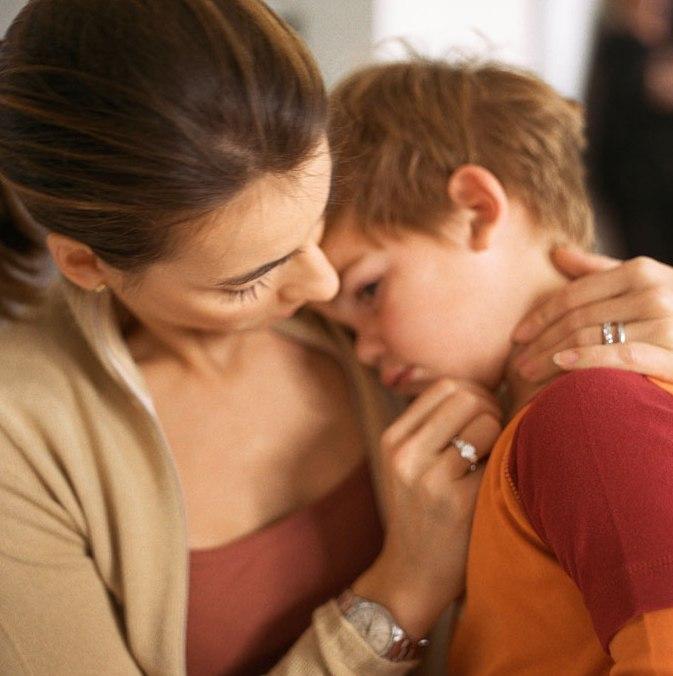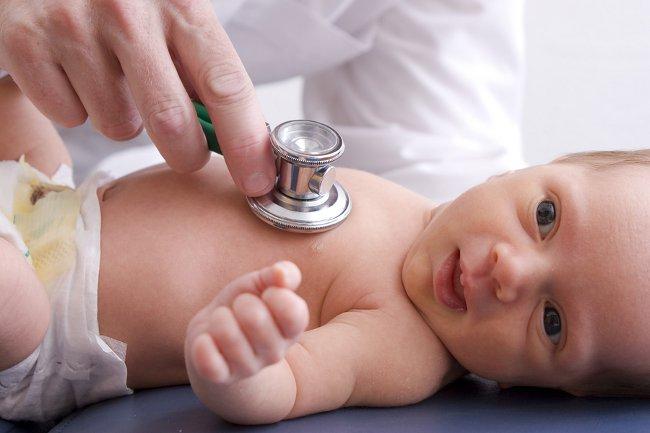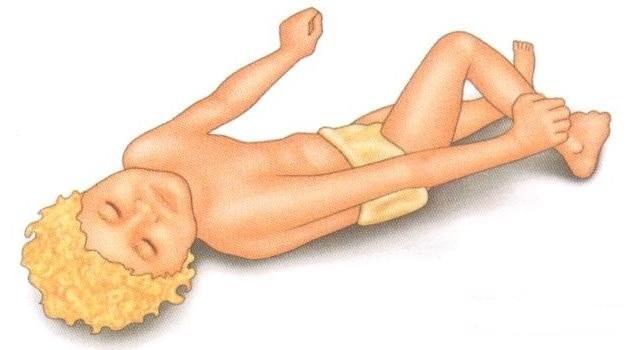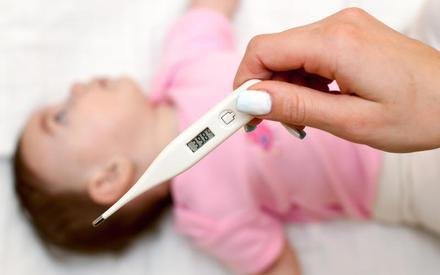Febrile seizures in children – first aid for a child during seizures at a high temperature
Uncontrolled convulsions against the background of a high temperature of the baby can scare even the most persistent parent. But do not confuse them with epilepsy, which is absolutely not associated with hyperthermia. Read the full material on febrile seizures in children below.
See also: First aid for a newborn with an increase in temperature.

The content of the article:
The main causes of febrile seizures in a child – when can seizures occur at a high temperature?
The root cause remains unclear. It is only known that one of the predisposing factors – immature nerve structures and imperfect inhibition in the central nervous system… This ensures a low threshold of irritation and the transmission of the excitation reaction between brain cells with the formation of a seizure.
If the child is over five to six years old, then such seizures may be signs of other diseases, since at this age the nervous system is more stable, and short seizures are a reason to go to an experienced neurologist.
Of course, every parent wonders if this is the beginning of epilepsy. There is no definite answer, but there are statistics according to which only 2% of children with febrile seizures are diagnosed with epilepsy further.
The next calculation states that there are 4 times more children with epilepsy than adults. As you can imagine, this speaks of favorable prognosis of this disease in babies.
Video: Febrile seizures in children – causes, signs and treatment
So how do you distinguish between normal and epileptic seizures?
- Firstly, signs of seizures in children under five to six years of age are manifested only in hyperthermia.
- Secondly, febrile seizures occur for the first time and can only recur under similar conditions.

Please note that the diagnosis of epilepsy can be made in the case of a specific study – EEG (electroencephalography).
As for the seizures themselves, they arise every 20th child, and a third of these children have repeated…
Often a family can trace hereditary predisposition – ask older relatives.
Typical high fever seizures may be associated with SARS, teething, colds or reactions to vaccinations…
Symptoms and signs of febrile seizures in children – when to see a doctor?
- Fever seizures may look different in a child, however, during a seizure, most children do not respond to words or actions of parents…
- They seem to lose contact with the outside world, stopping screaming and holding their breath…
- Sometimes during a seizure, there may be blue in the face…
Usually, seizures take upe more than 15 minutesrarely repeating.
By the nature of external signs, there are:
- Local – only limbs twitch and eyes roll.
- Tonic – all muscles of the body are strained, the head is thrown back, hands are pressed to the knees, legs are straightened and eyes are rolled. Rhythmic shudders and contractions decrease gradually.
- Atonic – all muscles of the body rapidly relax, leading to involuntary discharge.
When seizures occur need to be examined by a neurologist, which will eliminate the causes and differentiate the disease from various forms of epilepsy.
Usually, a special diagnosis of seizures at a temperature is not required. The doctor can easily recognize the disease by the clinical picture.
But in the case of uncharacteristic or questionable signs, the doctor may prescribe:
- Lumbar puncture for meningitis and encephalitis
- EEG (electroencephalogram) to rule out epilepsy
Treatment of febrile seizures in children – what to do if a child has seizures at a temperature?
If you are experiencing febrile seizures for the first time, treatment should be performed according to the following algorithm:
- Call an ambulance…
- Lay your baby to one side on a safe, level surface. so that the head is directed downward. This will help prevent fluid from entering the respiratory tract.
- Watch your breath… If it seems to you that the baby is not breathing, then after the seizures, begin to do artificial respiration.
- Leave your mouth alone and do not insert foreign objects into it. Any object can break off and block the airway!
- Try to undress your baby and provide fresh oxygen.
- Monitor the room temperature, normally no more than 20 C.
- Try to bring down the temperature using physical methods, such as wiping with water.
- Do not leave the childdo not drink or administer medications until the seizure stops.
- Don’t try to hold back baby – this does not affect the duration of the attack.
- Use antipyretics for children, for example, paracetamol suppositories.
- Remember all the seizure data (duration, temperature, rise time) for the expected ambulance crew. If the attack ends after 15 minutes, then additional treatment is not needed.
- The issue of seizure prevention taking into account the duration and frequency should be discussed with your neurologist.

Unfortunately, in such cases, parents may suspect epilepsy. However, an informed parent should not be afraid of epilepsy, but neuroinfections (meningitis, encephalitis), because with these diseases the life of the child depends on timely adequate help.
The Colady.ru website warns: self-medication can harm the health of your child! The diagnosis should be made only by a doctor after an examination. Therefore, if you find symptoms of febrile seizures in a child, be sure to consult a specialist and carefully follow all medical recommendations!
What to give a friend?
Gift Certificate! You can give it to your loved one or use it yourself.
And we also give away a certificate for 3000 rubles every month. among new email subscribers. Subscribe!
Select a certificate in the store
Visit Bologny for more useful and informative articles!




